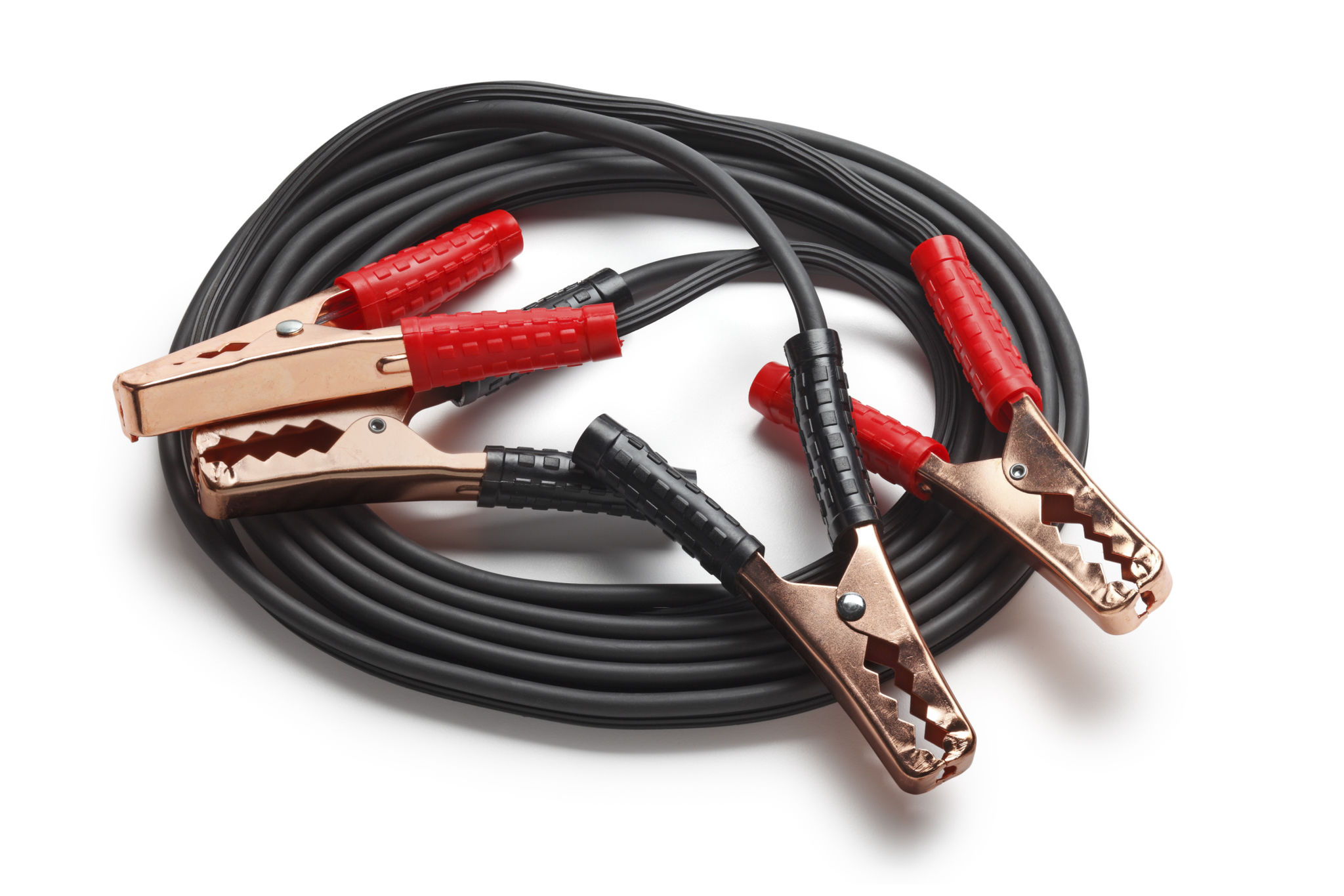How to Get a Car Battery Boost Near Me: A Step-by-Step Guide
Understanding the Need for a Car Battery Boost
A dead car battery can be an unexpected nuisance, leaving you stranded when you least expect it. Whether it's due to cold weather, leaving the lights on, or an old battery, knowing how to get a car battery boost near you is essential. This guide will walk you through the process step-by-step, ensuring you're back on the road in no time.

Identify the Problem
Before seeking a car battery boost, ensure that the battery is indeed the issue. Check for signs such as dim lights, a slow engine crank, or a clicking sound when turning the ignition. If these symptoms are present, it's likely that your battery needs a jump.
Check for Alternatives
Sometimes, the problem may not be the battery. Inspect the battery terminals for corrosion or loose connections. Tightening or cleaning these can sometimes resolve the issue without needing a boost. However, if the battery is over three years old and shows signs of wear, a jump-start might be necessary.
Prepare for a Jump-Start
Once you've determined that a jump-start is needed, gather the necessary equipment: jumper cables and a functioning vehicle with a compatible battery. If you don't have these items, you may need to call a roadside assistance service.

Safety First
Safety is paramount when dealing with car batteries. Park both vehicles in a safe area away from traffic, turn off both engines, and engage the parking brakes. Ensure that both cars' ignitions are off and that electronics and lights are turned off to prevent any electrical surges.
Connect the Jumper Cables
Connecting the jumper cables correctly is crucial for a successful boost. Follow these steps:
- Attach one red clamp to the positive terminal of the dead battery.
- Connect the other red clamp to the positive terminal of the working battery.
- Attach one black clamp to the negative terminal of the working battery.
- Connect the final black clamp to an unpainted metal surface on the engine block of the car with the dead battery.

Start the Engines
With everything connected, start the engine of the functioning vehicle and let it run for a few minutes. Then, attempt to start your car. If it doesn't start right away, wait a few more minutes and try again. Once your car starts, leave it running to charge the battery.
Disconnecting Safely
After successfully starting your car, it's time to disconnect the cables. Do this in reverse order:
- Remove the black clamp from your car's engine block.
- Detach the black clamp from the working battery's negative terminal.
- Remove the red clamp from the working battery.
- Finally, remove the red clamp from your car's positive terminal.
Follow-Up Actions
Once your car is running again, consider investigating why the battery failed in the first place. Check for any electrical drains or schedule an appointment with a mechanic to test your battery's health. It's also wise to keep jumper cables in your trunk for future emergencies.
By following these steps, you can efficiently handle a dead car battery situation and get back on track with minimal stress. Remember, keeping your vehicle's battery in good condition is key to avoiding such scenarios in the future.